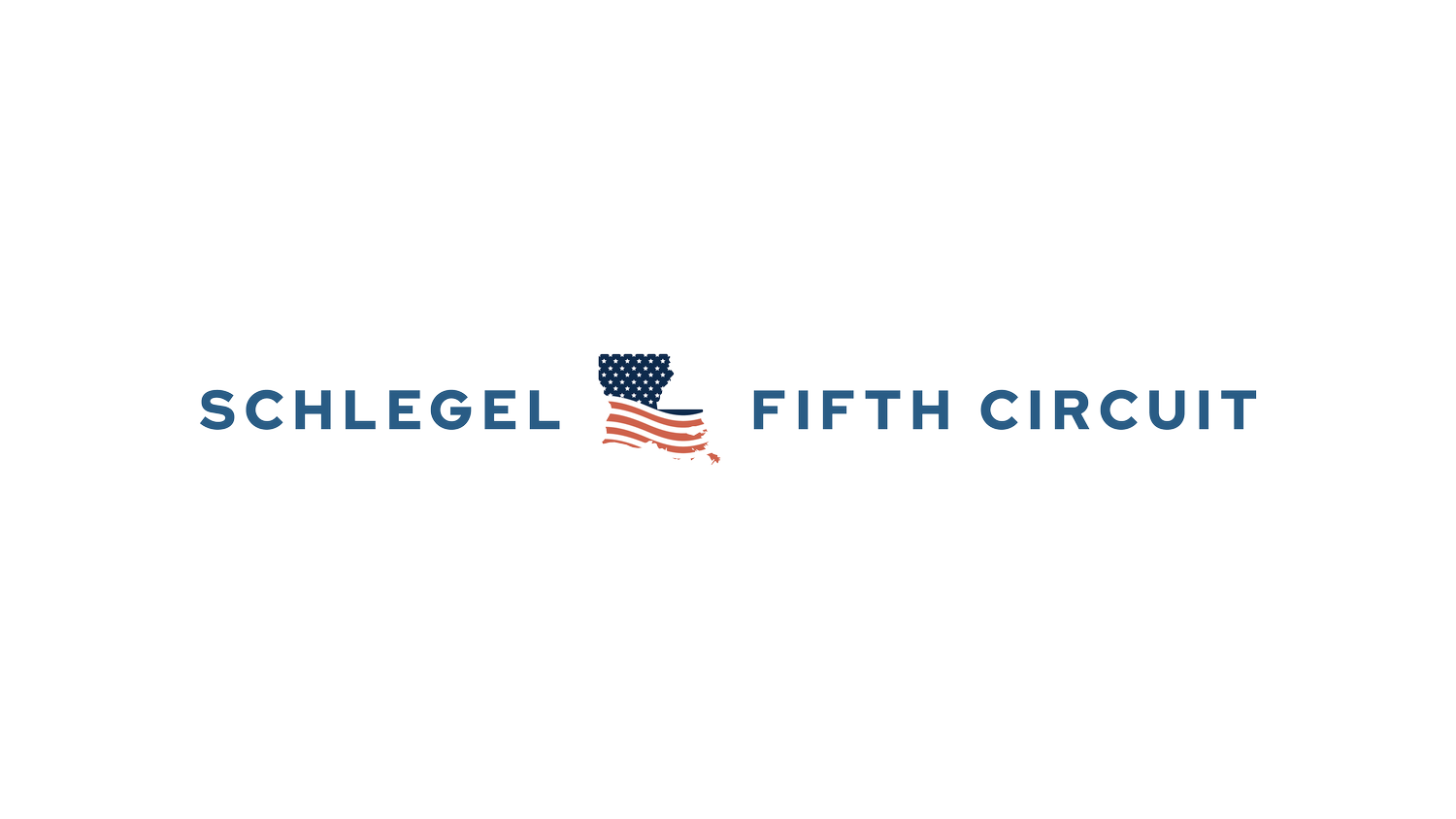Streamlining Justice: How Technology Could Revolutionize Court Operations
In my two previous articles, we explored the transformative potential of adding certain digital tools in our courts. The first piece advocated for replacing the antiquated "Big Red Book" with online calendars, highlighting how this simple change could dramatically streamline the scheduling process. The second article envisioned a future where AI-generated transcripts and judgments could revolutionize post-hearing procedures.
Today, we bring these ideas full circle, presenting a comprehensive vision of how courts can leverage technology to create a seamless, efficient process from the moment a hearing is scheduled to the final judgment. By connecting these concepts, we paint a picture of a truly modern court system that enhances access to justice, reduces costs, and improves outcomes for all parties involved.
This article builds upon the foundations laid in those earlier pieces, expanding on their ideas and demonstrating how they can work together to create a cohesive, technology-driven court experience. Let's explore how this end-to-end digital transformation could reshape our civil litigation landscape.
The future of our judicial system doesn't lie in far-off, cutting-edge technologies, but in the intelligent integration of readily available digital tools. By reimagining the entire lifecycle of a court proceeding - from scheduling to post-hearing procedures - we can create a more efficient, transparent, and accessible justice system for all parties involved.
Let's envision a streamlined process that begins the moment a hearing needs to be scheduled. The days of the infamous "Big Red Book" and endless phone tag with court clerks are over. Instead, attorneys access an online calendar system through the court's website. This digital platform allows them to view the court's availability, coordinate with opposing counsel, and schedule the hearing at a mutually convenient time.
As lawyers input the necessary details - party names, attorney information, email addresses, and the type of hearing - the system captures this data to use throughout the entire process. Immediately upon scheduling, all parties receive an email with a calendar invitation, complete with reminders and a link to the court's virtual courtroom if applicable.
Here's where efficiency takes a significant leap forward: along with the calendar invite, the system generates a draft order to set the hearing. This draft order, pre-populated with all the relevant information entered during scheduling, can be quickly reviewed, adjusted if necessary, and submitted to formally set the hearing. This immediate generation of a draft order streamlines the process, reducing the time and effort required to initiate court proceedings.
As the hearing date approaches, the system sends out reminders via text and email. These notifications not only reduce no-shows but also prompt attorneys to confer before the hearing, potentially leading to agreements that make court appearances unnecessary.
In cases where the hearing becomes unnecessary, the system offers another efficiency boost. At any point before the scheduled date, parties can easily generate a draft order to cancel or continue the hearing. This draft is also pre-populated with all relevant case and party information, making it simple for attorneys to quickly file it with the court. This feature saves valuable time and reduces paperwork, allowing for swift adjustments to the court calendar when circumstances change.
Now, let's fast-forward to the day of the hearing. Whether it takes place in person or virtually, the court proceedings unfold as usual. But here's where technology steps in again to revolutionize the post-hearing process. Immediately after the hearing concludes, all parties receive two crucial documents in their inboxes: a watermarked draft transcript of the proceeding and an AI-generated proposed judgment.
The draft transcript, while not admissible for official purposes, serves as an immediate reference point. It allows attorneys to quickly review what transpired in court, reducing disputes over what was said or decided. For cases where certified transcripts are not immediately available or affordable, this draft provides a valuable stopgap measure.
Simultaneously, an AI system analyzes the transcript and generates a proposed judgment based on the judge's articulated reasons. This AI-generated document, pre-populated with all the party and attorney information from the initial scheduling, provides a starting point for the final judgment. Attorneys can review this proposed judgment, refer to the draft transcript if needed, discuss with opposing counsel, make necessary revisions, and submit a finalized version - all within a remarkably short timeframe.
The system could even include a direct link for e-filing the finalized judgment, further streamlining the process. This approach not only speeds up post-hearing procedures but also reduces the likelihood of disputes over the content of the judgment. With the draft transcript readily available, disagreements about "what the judge said" can be quickly resolved.
Moreover, this system offers significant advantages when it comes to decision-making about writs or appeals. Having immediate access to the judge's reasoning allows parties to make informed decisions promptly, potentially saving considerable time and resources.
While implementing such a comprehensive system would undoubtedly face challenges - from ensuring proper understanding of the limitations of draft documents to addressing confidentiality concerns - the potential benefits are substantial. This integrated approach could lead to fewer disputes, improved efficiency, significant cost savings, and a more transparent legal process overall.
By focusing on these practical, achievable improvements rather than getting caught up in the hype of cutting-edge AI or blockchain solutions, we can create immediate, tangible improvements in how our civil justice system operates. This approach not only makes life easier for lawyers and judges but also increases access to justice for the general public by reducing costs and speeding up the process.
The technology to implement these changes exists today. What we need now is the vision and will to overcome the hurdles that often impede innovation in the justice system. As legal professionals and court administrators, it's our responsibility to push for these advancements, always keeping in mind the ultimate goal: a more efficient, effective, and accessible justice system for all.
Subscribe to my Substack newsletter today so you don’t miss out on a post. https://judgeschlegel.substack.com

